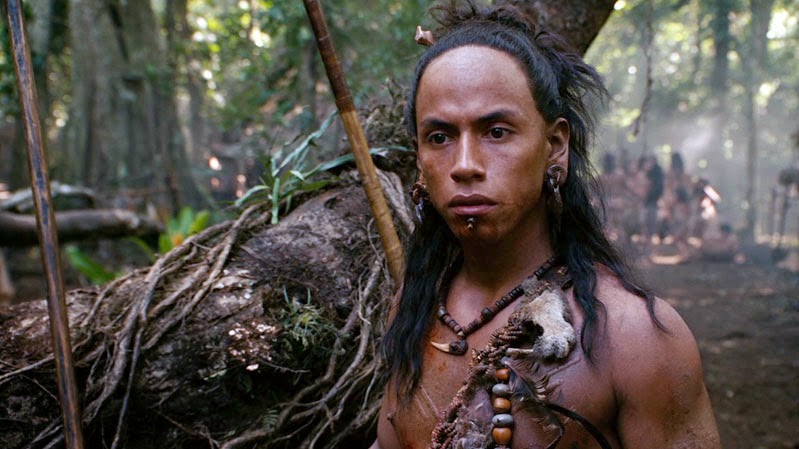Apocalypto (2006)

Apocalypto (2006) – A Journey into Survival and Human Spirit
Apocalypto, directed by Mel Gibson, is a gripping epic that transports viewers to the ancient Maya civilization, offering a unique and visceral exploration of survival, culture, and the human spirit amidst the backdrop of societal collapse. Set in the early 16th century, the film follows the harrowing journey of a young Maya man named Jaguar Paw, portrayed by Rudy Youngblood, who must navigate a world filled with danger and uncertainty.
The story begins in a peaceful village, where Jaguar Paw lives with his family. However, their idyllic existence is shattered when a group of warriors raiding their village captures them, leading to a desperate fight for survival. As Jaguar Paw is taken away with other captives, he witnesses the violent realities of his world, filled with brutality and the threat of human sacrifice, which was part of the Maya culture at the time.
One of the film’s most striking aspects is its immersive world-building. Gibson meticulously crafts the environment, showcasing the intricate details of Maya life, from the lush jungles to the elaborate temples. The cinematography, helmed by Dean Cundey, captures the vibrancy of the landscape while simultaneously emphasizing the dangers that lurk within it. The use of natural lighting and handheld camera work creates an intimate and immediate connection to the characters and their surroundings.
The pacing of Apocalypto is relentless, escalating from the initial calm of village life to the chaos of captivity and the ensuing chase. As Jaguar Paw’s journey unfolds, the film becomes a heart-pounding race against time, with the protagonist seeking to escape his captors and return to his family. The tension is palpable, and viewers are drawn into Jaguar Paw’s plight, rooting for his survival against overwhelming odds.
The character of Jaguar Paw is a powerful representation of resilience and determination. His journey is not just about physical survival but also about the emotional and psychological struggles he faces along the way. As he confronts various threats—both from his human captors and the unforgiving wilderness—Jaguar Paw’s character embodies the spirit of survival and the instinctual drive to protect one’s loved ones.
The film’s themes extend beyond mere survival; it also delves into the cultural and moral complexities of the Maya civilization. Apocalypto does not shy away from depicting the harsh realities of its subject matter, including the violent rituals and societal hierarchies that defined the era. Through this lens, the film invites viewers to reflect on the broader implications of civilization, power, and the inevitable decline of societies.
Moreover, the performances in Apocalypto are compelling, particularly that of Rudy Youngblood, who captures the intensity and vulnerability of Jaguar Paw with authenticity. The supporting cast, composed of actors who often speak in the Yucatec Maya language, adds to the film’s authenticity and emotional depth, immersing audiences in the culture and struggles of the time.
Musically, the score by James Horner enhances the film’s emotional resonance, intertwining traditional sounds with a haunting orchestral backdrop that elevates the tension and drama of key moments. The sound design further contributes to the immersive experience, as the sounds of the jungle, the clash of weapons, and the cries of the characters create a rich auditory landscape.
In conclusion, Apocalypto is a remarkable exploration of survival, culture, and the indomitable human spirit. Its breathtaking visuals, intense pacing, and profound themes make it a standout film that resonates with audiences on multiple levels. Mel Gibson’s direction, coupled with strong performances and a commitment to authenticity, results in a cinematic experience that is both thrilling and thought-provoking. For those who appreciate films that challenge their perceptions of history and humanity, Apocalypto offers an unforgettable journey into the heart of resilience against adversity.











